Read the latest thoughts and analysis on breakthrough solutions driving impact for a sustainable future
5 Landmark Energy Solutions from ADSW 2025 You May Have Missed

There's a saying: “necessity is the mother of invention.” And nothing is more necessary than finding answers to the global challenges posed by climate change. Our collective aim to live more sustainably has propelled some of today’s truly original – and most staggeringly ambitious – solutions.
At Abu Dhabi Sustainability Week 2025, every talk and panel featured examples of these projects, springing from pioneering startups, cross-continental agreements, and major companies alike.
Here are five groundbreaking sustainable solutions you may have missed at ADSW 2025, from infrastructure to software, all with one common thread. These solutions steer us towards a more sustainable future, but they also direct the conversation from the scale of the job before us, to the potential we have yet to unleash.
World’s first gigascale 24/7 round-the-clock renewables project:
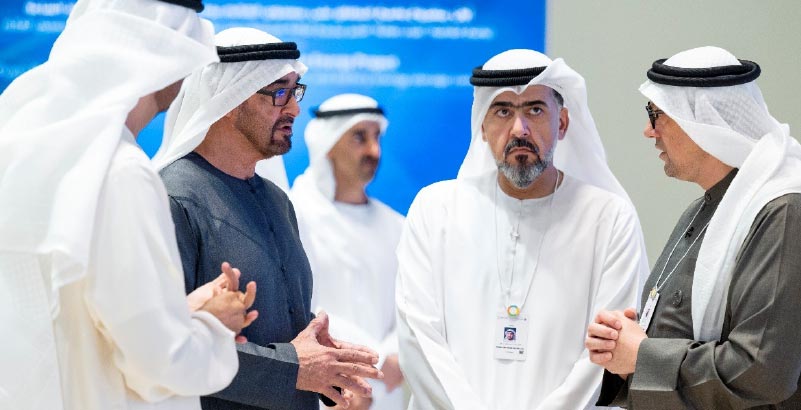
Renewables have an on and off problem – literally. With renewable sources like wind and solar highly dependent on weather, buildings powered by renewable energy may have a surplus during ideal conditions, and a shortage in less favorable weather. The UAE is set to tackle this problem with a significant milestone in the global clean energy transition.
Unveiled at the Opening Ceremony of ADSW 2025, the world’s largest continuous solar and battery storage facility got top billing in a speech by HE Dr. Sultan Al Jaber, UAE Minister of Industry and Advanced Technology, and Chairman of Masdar. Developed by Masdar in partnership with the Emirates Water and Electricity Company (EWEC) and other partners, the $6 billion project in Abu Dhabi will combine 5.2GW of solar photovoltaic capacity with a 19GWh battery storage system – enabling it to reliably deliver 1GW of power around the clock.
Beyond its technological scale, the project is expected to create 10,000 jobs and solidify the UAE’s position as a leader in clean energy innovation and infrastructure.
Albania-Italy subsea cable
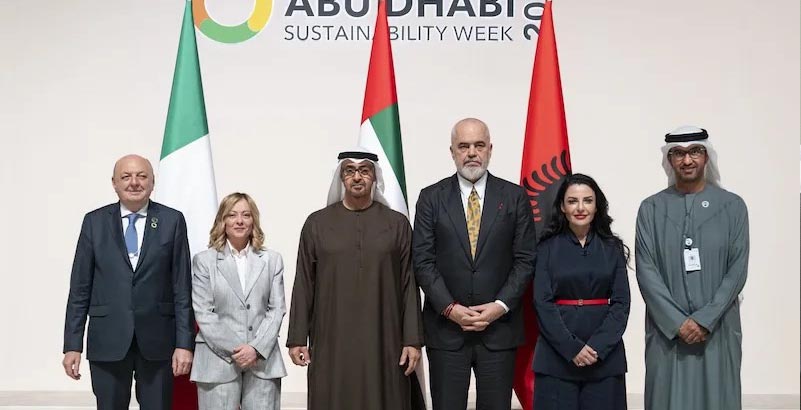
Announced at the ADSW 2025 Summit by H.E. Edi Rama, Prime Minister of Albania and H.E. Giorgia Meloni, Prime Minister of Italy, a planned landmark 1GW subsea power cable will export clean energy produced in Albania under the Adriatic Sea to Italy.
The €1 billion energy interconnection initiative is part of a broader trilateral agreement between the UAE, Italy, and Albania, outlining key areas of cooperation, including gigawatt-scale renewable energy projects in Albania and up to 1GW of new data centers in Italy.
A significant percentage of the renewable energy generated from these projects in Albania will be transported to Italy via the undersea cable, strategically connecting Vlore and Puglia and enhancing cross-border energy security.
Google X technology helping Chile’s clean energy transformation
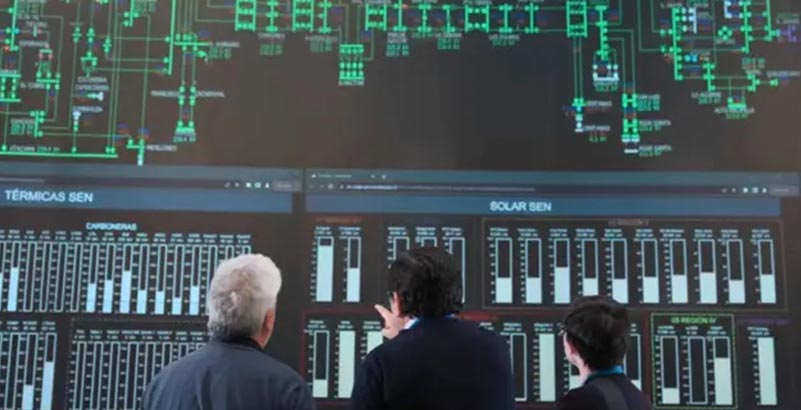
Courtesy of X, The Moonshot Factory
If you want to see the future of AI and energy in action, look to Chile.
In partnership with Chile’s grid operator, Coordinador Eléctrico Nacional (CEN), Tapestry – a moonshot project from Google X – is revolutionizing how we plan and operate electric grids by using AI to build what it calls a "Google Maps for electrons."
Designed to make the grid more visible, predictable, and responsive, the tool enables national-scale, hour-by-hour simulations that help planners model future energy scenarios – including extreme weather events and rising demand. After a successful pilot with Chile’s national grid operator, which saw planning simulations run 86% faster and with 30 scenarios running simultaneously, the tool is now being integrated into Chile’s transmission planning process.
The pilot with Chile shows how advanced technology can have profound real-world impact, paving the way for similar efforts worldwide. Google X recently announced a collaboration with PJM Interconnection – the largest grid operator in North America – to use Tapestry for developing AI tools and models to help PJM to drastically speed up the process for connecting new energy sources to its grid. With 97% of PJM’s interconnection queue made up of renewables, this the next big step in integrating more carbon-free energy into the grid.
Connecting continents with the SoutH2 Corridor
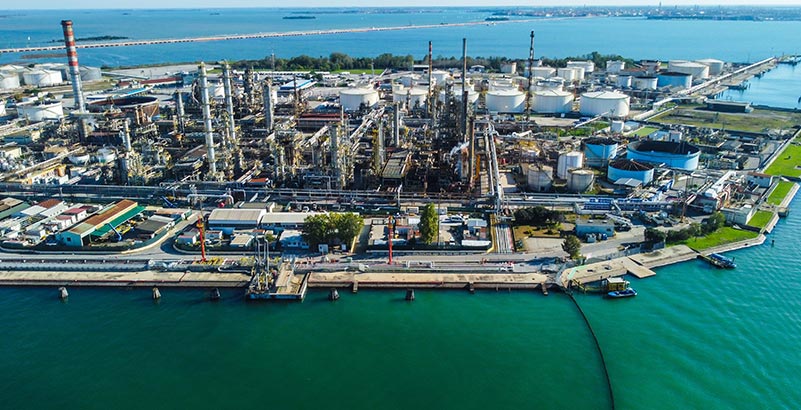
Green hydrogen has a lot of potential – but there are a lot of pitfalls in the way of realizing it, infrastructure being a critical one.
In response to this challenge, the SoutH2 Corridor is a visionary hydrogen pipeline project set to connect the renewable-rich regions of North Africa with key industrial hubs in Italy, Austria, and Germany.
By transporting green hydrogen – produced using abundant solar energy – across borders, the corridor will help decarbonize heavy industry, reduce dependence on fossil fuels, and accelerate Europe’s transition to climate neutrality. Beyond infrastructure, the SoutH2 Corridor represents a bold commitment to innovation, international cooperation, and long-term sustainability, offering a powerful example of how we can turn climate ambition into tangible, transformative action.
Lighting up Fiji’s maritime villages with mini-grids
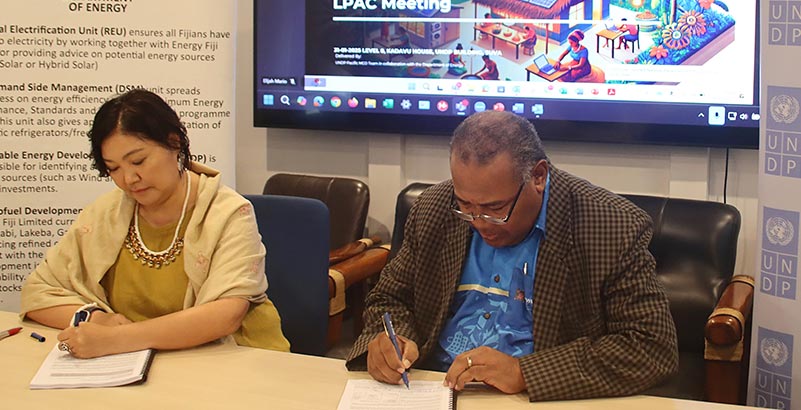
Rural areas are defined by their distance from urban centers. It shapes their unique character and pace of life – and it also limits their growth. One major drawback of living far from urban centers is the distance from major infrastructure, the electricity grid being a profound example.
A lack of access to consistent power limits education, business growth, healthcare and more. Tackling rural connectivity could have a domino effect for development, enabling better healthcare, education, economic development, and resilience.
Enter solar mini-grids: small, localized electricity networks powered primarily by solar panels and often supported by battery storage. They are especially important for rural communities where extending the main grid can be prohibitively expensive or logistically impractical. By providing reliable, clean, and affordable electricity, mini-grids can transform daily life – powering homes, schools, clinics, and small businesses.
With this in mind, the Government of Fiji and the United Nations Development Programme (UNDP) have partnered to launch the Fiji Rural Electrification Fund (FREF) Support Project. With backing from Australia, New Zealand, the United Kingdom, and Fiji itself, the project will deploy solar-powered mini-grids to rural communities, starting with three maritime villages: Yadrana Village on Lakeba Island, Salia Village on Kioa Island, and Yacata Village on Yacata Island, then 17 additional villages over the next year and a half. The first phase of the project will bring clean, reliable electricity to 1,031 Fijians. The FREF initiative exemplifies how strategic partnerships can drive meaningful progress toward the Sustainable Development Goals and a more resilient future for island nations.
Interested in learning more about the sustainability efforts shaping our future? Download the ADSW 2025 Summit Report for exclusive insights from heads of state, industry leaders, and today’s trailblazing pioneers across industry, finance, energy, technology, and more.


